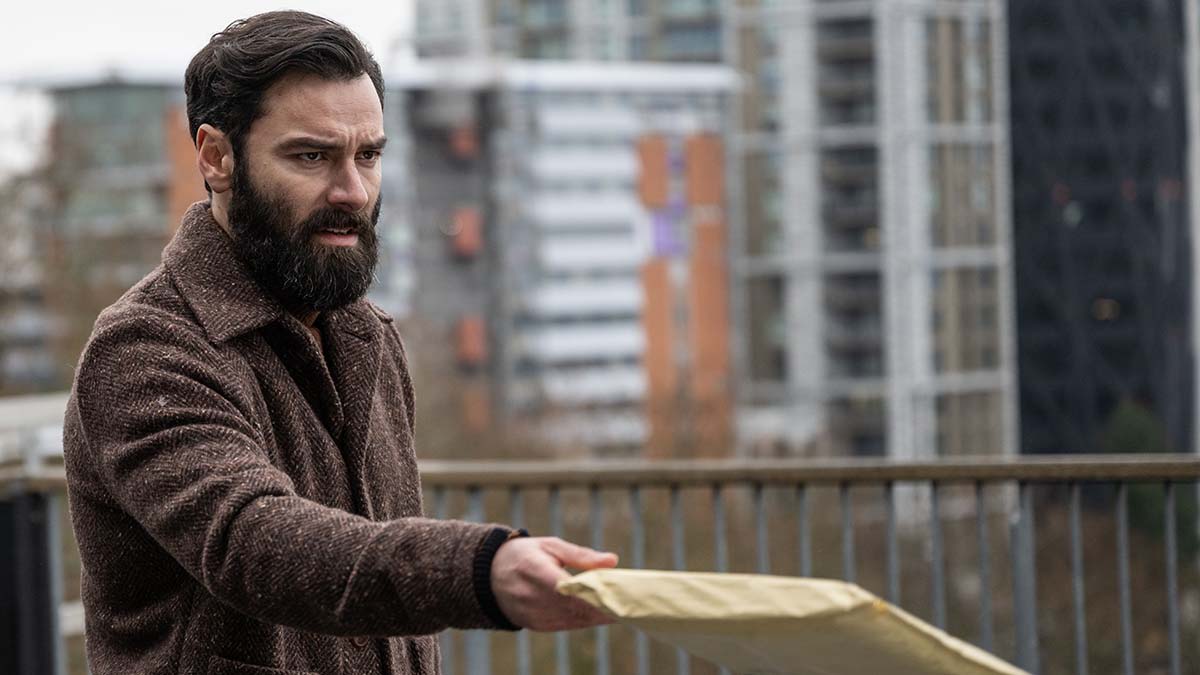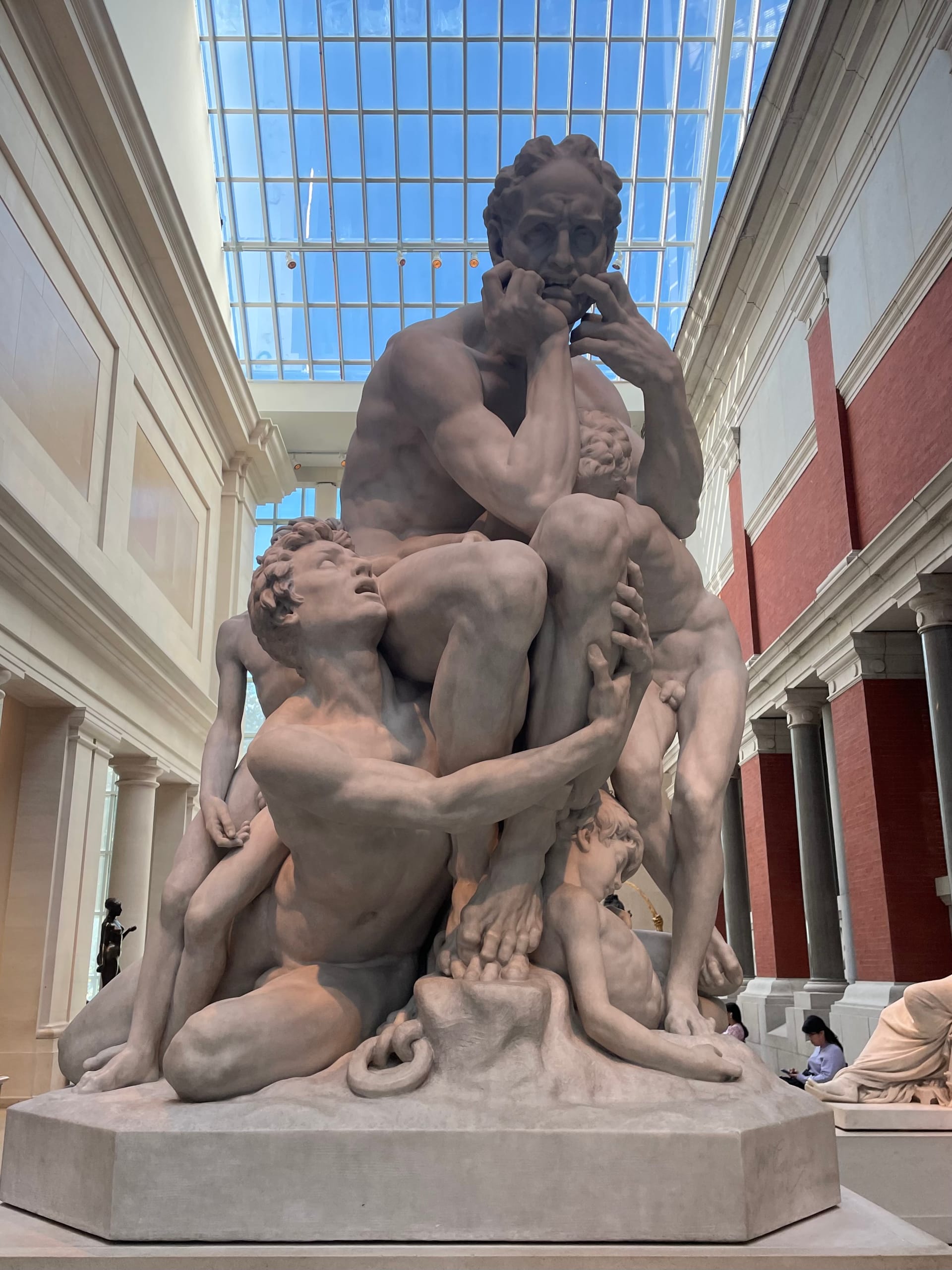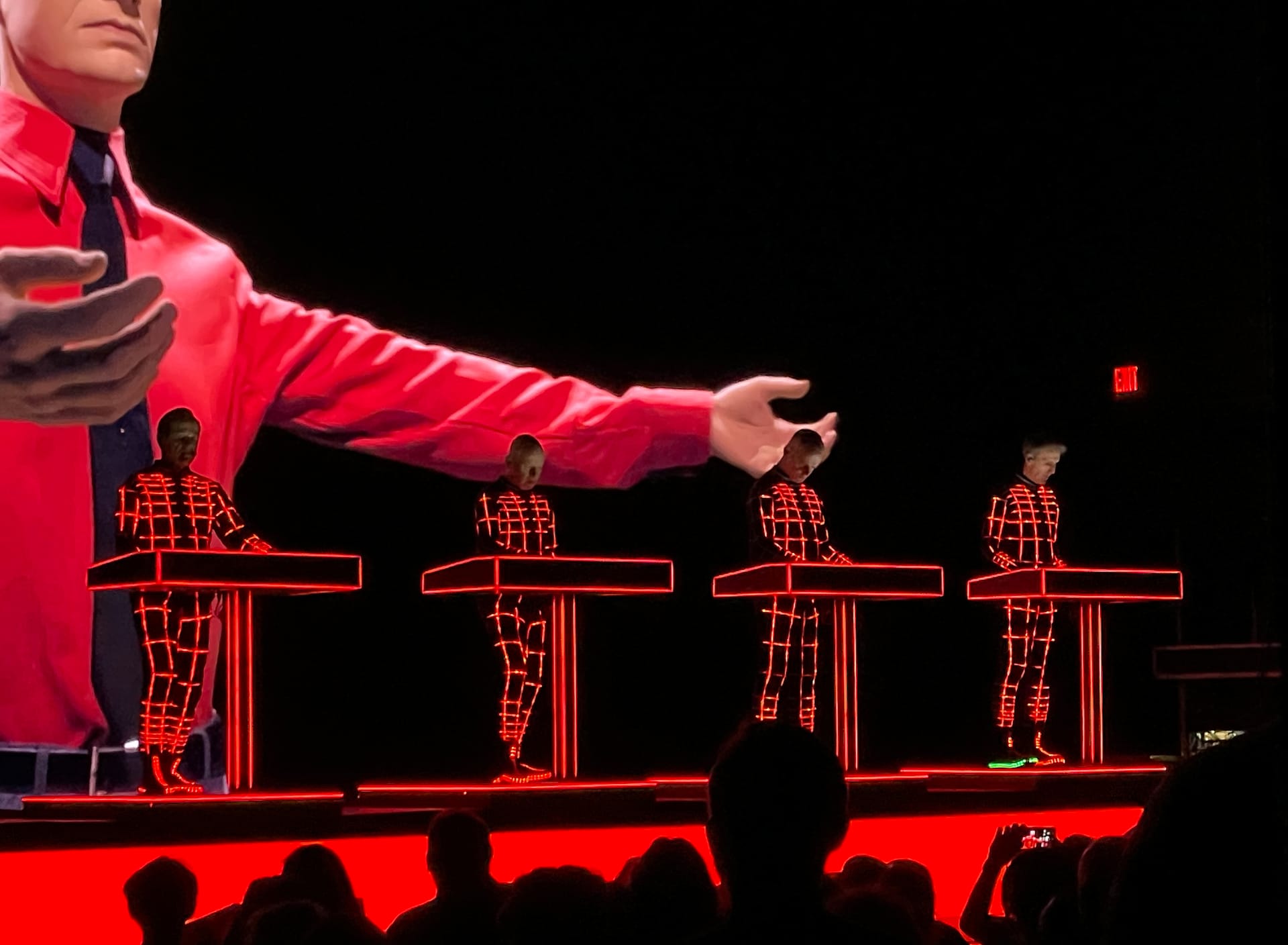Inspiration
Form Follows Tax Laws
Shotgun houses are so damn cute I want to pet them. They say it’s thanks to New Orleans’ tax laws and people trying to get Best Value. The government taxed property based on lot frontage, so people made their houses as narrow as possible. The government taxed two-story houses more, so people added second floors to the rear, where it didn’t count. The government taxed houses based on the number of rooms, so people didn’t make closets or hallways, which counted as rooms. And presto, the Best Value House looks like this:

As wide as a room, up to a half block long, made of consecutive hallway-less rooms, and sometimes with second floors in back (like above, a typology now know as the Camelback). Doors are arranged so that in some homes you could potentially shoot a shotgun straight through from the porch to the backyard, hence the name. Or in more peaceful terms, you could line up seven Slip-n-Slides in a row and have the ride of your life.

And in more Best Value strategies, people often joined forces to save on property width. Known as a Double-barrel Shotgun, two homes share the same roof and a central wall (above). This is the kind of house I now live in, owned by my friends next door. Our homes are each one room wide and a half block long (12.5 ft x ~120 ft) and completely separate except for the backyard and the porch, where we open our wood shutters every morning and say “Damn it’s hot!” and chat with passers-by and feed the neighborhood cat. Interiors are wood-floored and a grand 13′ tall to keep it cool, and ceiling fans add a classy breeze. Everyone is sitting on porches and riding their bikes and saying hello next to little houses and storefronts painted green, pink, and yellow. It all adds up to a neighborhood that feels like it was drawn by a five-year-old, in the very best way.
“The frontage tax, in turn, had its origins in the plantation and river transport system of colonial Louisiana… Each plantation had a small waterfront – to ship out sugar or whatever, and deliver supplies – and a very deep farm. This was so that every owner could have access to cheap transportation. Since operating the plantation on cleared land behind the levee was problematic, it didn’t make much sense to tax its value. Instead, the frontage could be taxed since it was representative of the number and size of ships that could dock for transsshipment.” – Dave





